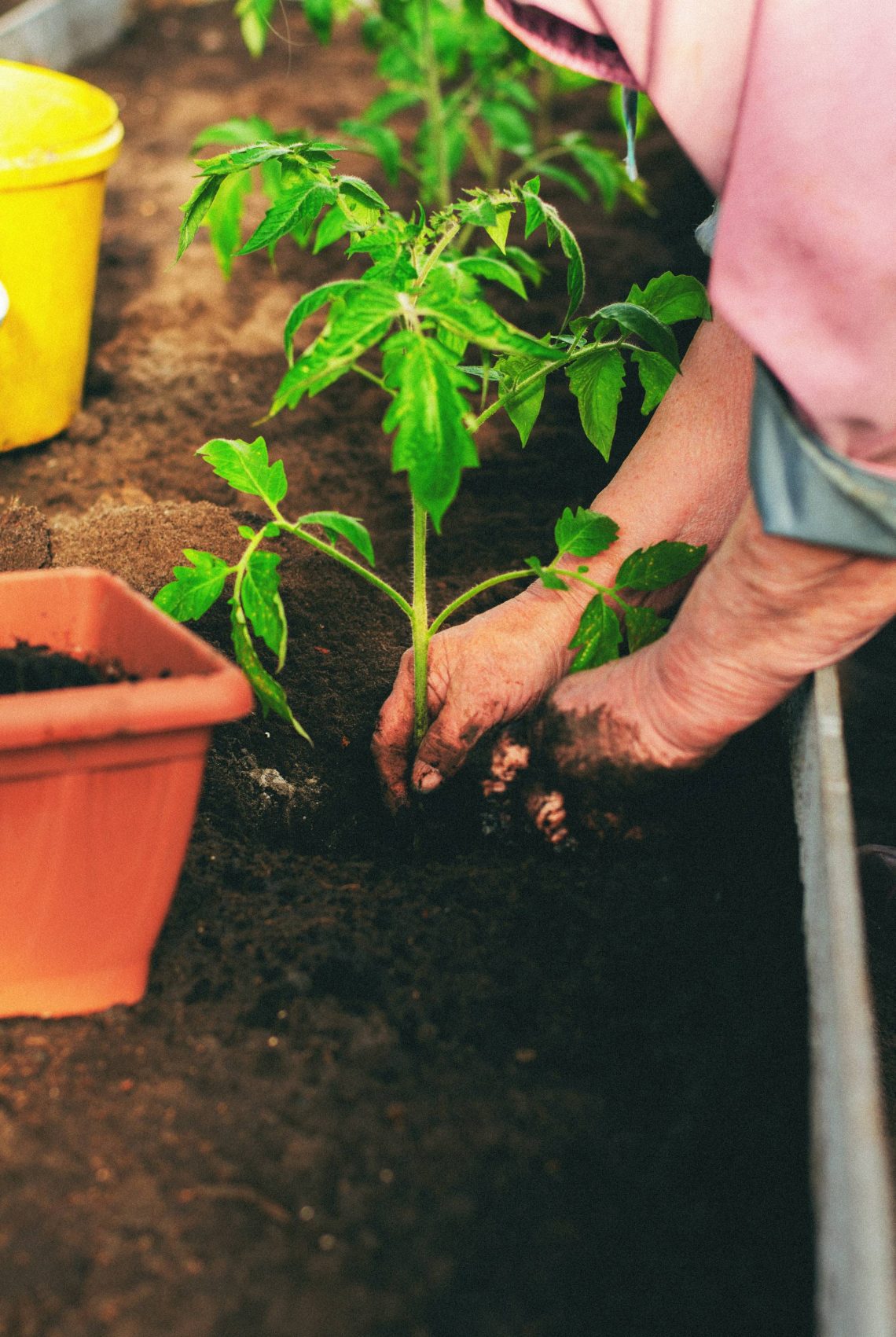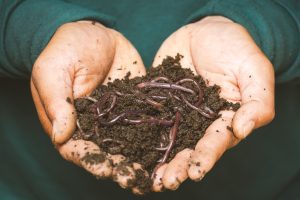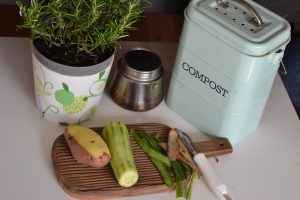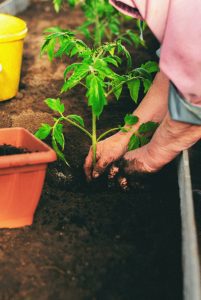
A Beginner’s Guide to Composting (+ What Not to Do!)
Do you live an eco-friendly and sustainable lifestyle? If so, composting is one of the best ways to reduce your carbon footprint and positively impact the environment. Even if you’re starting with recycling, chances are you’ve heard of composting before but may be unsure how to do it correctly. In this blog post, we’ll cover all things composting: from what it is and why it’s important to different methods for composting and common mistakes that should be avoided. With this guide, you’ll soon have everything you need to know to start turning your organic waste into a practical matter! Ready to get started? Let’s dive right in!
What is composting?

Composting is an effective and earth-friendly way of recycling organic waste. It breaks down food scraps, garden clippings, dead plants, and other natural materials into a nutrient-rich compost that is great for gardening. The composting process also helps reduce landfill waste and the amount of methane produced from landfills.
To compost properly at home, you will need to choose a compost bin or build one yourself. You should follow a layering system when adding composting materials; food waste first, followed by bedding material such as wood chips or grass clippings. It allows air to circulate correctly inside the compost bin and speeds up composting. Regularly mixing your compost pile with water ensures the right moisture balance inside the compost bin necessary for decomposition and will help reduce unpleasant odours too.
How is compost used?
Composting is an important process for helping to reduce the amount of waste sent to landfills, as compost can be made from food and other organic materials that would otherwise sit in a landfill. Compost can then be used as fertiliser for gardens and fields, providing much-needed food for soil microorganisms. It can also aid in water retention and aeration and warm the soil more quickly in early spring planting.
Anyone can compost by setting up their compost bin and collecting compostable material such as food scraps, eggshells, coffee grounds, yard trimmings and paper towels. For those wanting to make compost at home, properly managing their compost bin means adding the right balance of wet ingredients and dry ingredients or ‘brown’ materials for the composting process to work most effectively.
What are the benefits of composting?
Composting is a great way to reduce waste output while nourishing the soil and supporting plant growth. Composting provides us with nutrient-rich compost for our plants, and it is a win-win situation where we can divert potential waste from landfills. It is easy to compost at home; you only need food scraps, dry leaves, wood chips, and a compost bin. Layer these materials in your compost bin and water just enough to moisten the compost. Turn your compost every other week or so – this will accelerate the composting process and create material that can be used on house plants or introduced into vegetable gardens.
Composting even helps regulate temperatures naturally and improves soil aeration by introducing microorganisms that increase oxygen-utilisation levels in the compost. There’s no better motivation than knowing that you are helping enhance the quality of soil and reduce potential pollution from landfill waste!
What are the drawbacks of composting?
Composting has become increasingly popular in recent years due to its ability to reduce waste and composting’s ability to increase crop yields. However, composting isn’t without its drawbacks. One issue that can arise is compost odours. Bacterial decay can create a foul smell if compost is not managed and broken down properly.
Additionally, composting requires quite an investment of time and energy—you need to know how to compost properly to benefit from it. There’s also the issue of contamination; if compost contains sewage sludge or other substances that are dangerous when ingested, it could be hazardous for use around crops and gardens. But on the whole, composting still offers plenty of benefits that outweigh these minor drawbacks.
Types of compost bin
Open-Top Bins
Open-top bins are the most common compost bins because they are typically the least expensive option. They are usually made of plastic or metal and have a lid that opens up so you can easily add more material. Open-top bins should be placed in an area with plenty of sun and air circulation to help speed up the decomposition process. They also must be monitored often, as they attract pests due to their open design.
Enclosed Bins
Enclosed bins are designed to keep out pests while still allowing air circulation. They usually have a lid that can be opened for easy access, but there is typically some barrier between the outside world and the compost inside. It makes them more effective than open-top bins at keeping out pests, but it can also mean that they don’t get as much airflow which could slow down the decomposition process. Enclosed bins are more expensive than open-top bins, but they are a good choice if you live in an area with many critters or you don’t want your compost pile visible from the outside.
Tumblers
Tumblers are large containers on wheels that rotate so you can mix up your compost without manually turning it over yourself. The rotating motion helps aerate the compost, speeding up the decomposition process and ensuring all materials are broken down evenly. Tumblers tend to be more expensive than other bins, but if you have a large garden or want something low-maintenance, this might be worth considering.
Worm Composters
Worm composters use worms to break down organic materials into rich fertilisers quickly and efficiently. This composter is ideal for small spaces as it doesn’t take up much room and produces high-quality fertiliser reasonably quickly. Worm composters need regular monitoring as they require specific working conditions, like temperature, moisture levels etc. They can also be expensive depending on how big they are and what materials they’re made out of. However, many people find them worthwhile investments over time due to their efficiency at quickly creating nutrient-rich fertilisers.
What to put in your compost bin

Composting is a great way to reduce your environmental footprint and provide nutrient-rich compost for plants. The same principles apply when using an enclosed compost bin or composting in the open. To make compost, start filling your compost bin with browns and greens. Browns include dried leaves, straw and shredded paper, which provides carbon for your compost material. Greens like grass clippings, kitchen leftovers, coffee grounds and vegetable peels – provide nitrogen to your compost mix.
Alternating layers of both types of material help retain moisture while ensuring adequate aeration in your compost bin. As you add more materials to the bin, lightly stir it up every few days to help with the decomposition process. These simple steps will create beautiful compost perfect for gardens and landscaping!
What not to put in your compost bin
Composting is an excellent way to use the waste that would otherwise end up in landfills and help create nutrient-rich soil for gardening. However, composting is a delicate process, and certain things should never be composted. Avoid composting any plant material treated with weed killer or insect or disease control, as these compounds don’t break down easily and may remain active in your compost, potentially hurting plants grown in it.
Additionally, avoid composting any meat, dairy products or fish as they are prone to attract pests and can put off unpleasant odours. Finally, you should also avoid composting large amounts of citrus fruits as they take longer to break down into compostable material.
How do you know your compost is ready?
Composting is an incredible way to reduce the amount of waste that is sent to landfills while also providing a nutrient-rich soil amendment for gardens and farms. Knowing when compost is ready to use can be challenging for composters of all levels, but there are several key indicators of compost readiness.
First, compost should look and feel like dark, crumbly soil. Second, compost should not have identifiable plant or food scraps; all matter should be decayed and unrecognisable. Finally, compost should smell sweet, like decaying leaves or fresh earth; an unpleasant odour indicates the compost is still decomposing and may need more time. By being aware of these crucial clues to compost maturity, composters can be sure their compost is ready for use.
How to use compost in your garden

Composting is an important part of gardening and a great way to use materials that are usually discarded. To compost, begin by collecting organic scraps such as leaves, grass clippings, or vegetable peelings in a compost bin or compost heap. Once you have enough material, moisture levels should be adjusted via regular watering to create a moist but not wet consistency.
Additionally, periodic stirring will ensure oxygen circulation, speeding up the composting process. Once the compost looks dark and rich like soil, it can fertilise and enrich your garden soil while providing essential nutrients for healthy plant growth. Composting is an excellent way to maximise the yield of your garden while also reducing waste.
Conclusion
Now that you know the ins and outs of composting, it’s time to start your pile! When in doubt, ask your local independent nursery or gardening service. They will be happy to help you start your journey to becoming a master composter.




